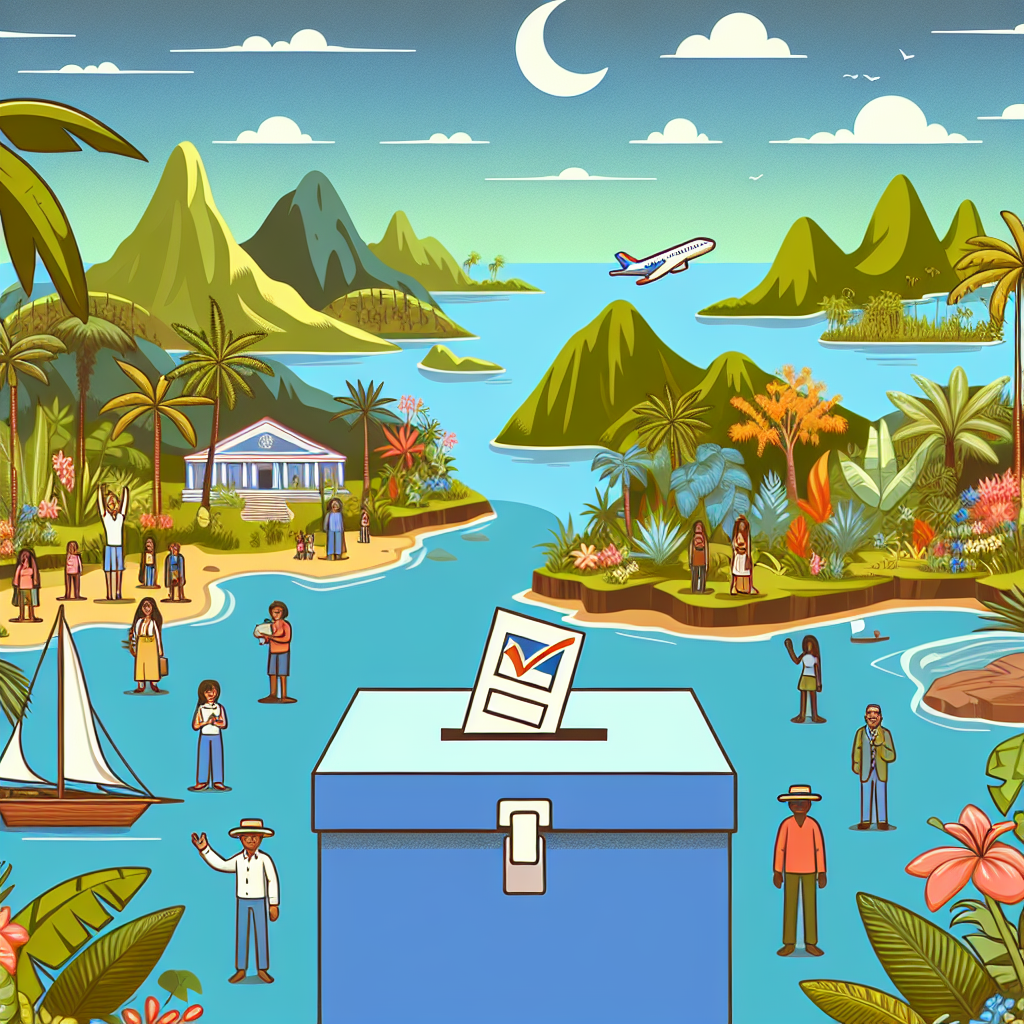Sri Lanka's Gender Gap: Women in Politics
Despite making up over half the voters and workforce, women are starkly underrepresented in Sri Lanka's political landscape. The 2023 presidential election features no female candidates, highlighting the deep-seated patriarchal structure that impedes women's political participation. Efforts like quota systems and training programs show progress but are not sufficient for lasting change.

In the upcoming Sri Lankan presidential election, none of the 38 contenders is a woman, a glaring disparity in a nation where women constitute more than half the voters and the workforce.
Despite having the world's first female prime minister, Sri Lanka's female political representation has stagnated. Women hold only 5.3% of parliament seats and are underrepresented in cabinet positions. Harini Amarasuriya, a woman parliamentarian, argued that quotas alone are insufficient for meaningful change.
Nimalka Fernando of the Women's Political Academy cites patriarchal party structures as barriers, noting that men often view politics as an exclusive domain. Candidates like opposition leader Sajith Premadasa are promising reforms, but the road to gender parity remains long and arduous.
(With inputs from agencies.)










